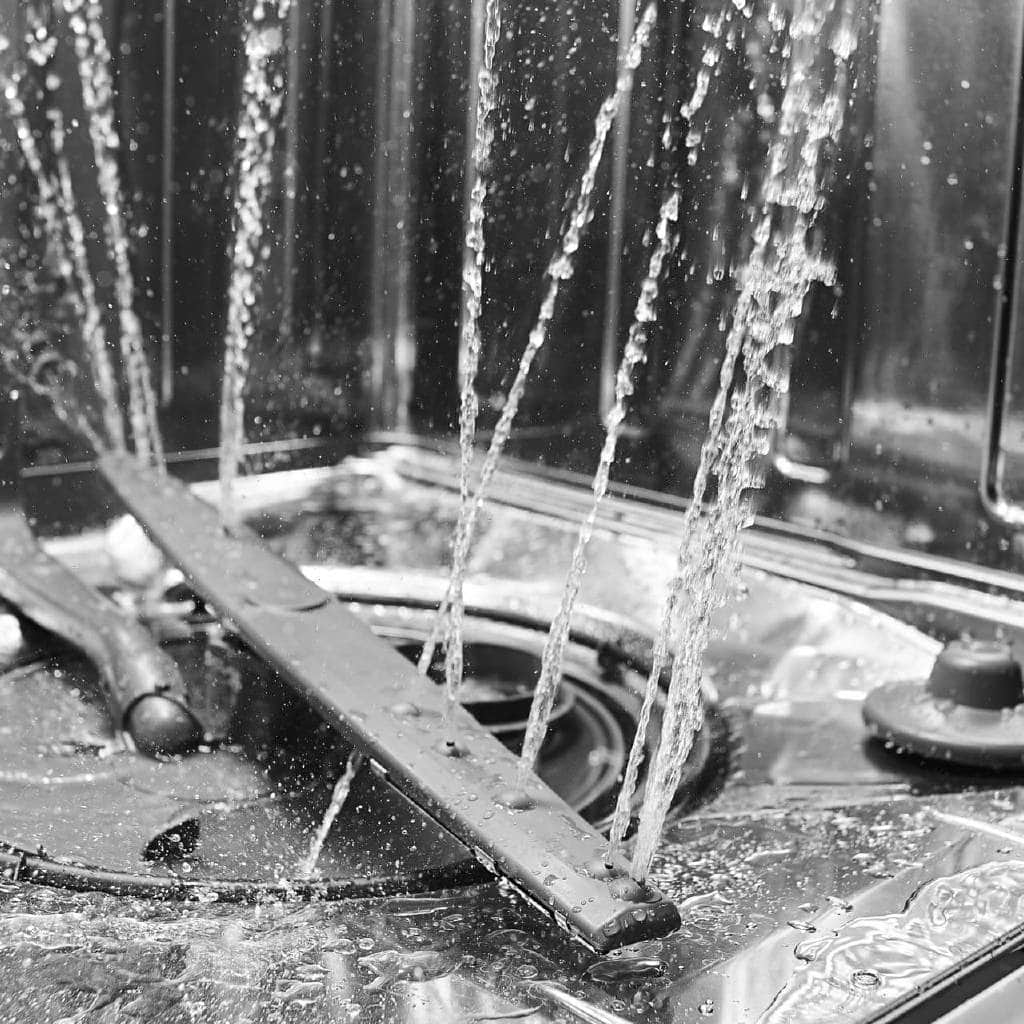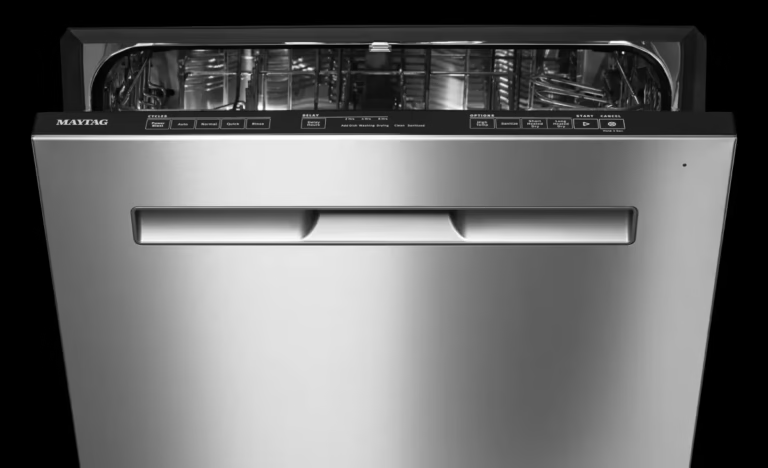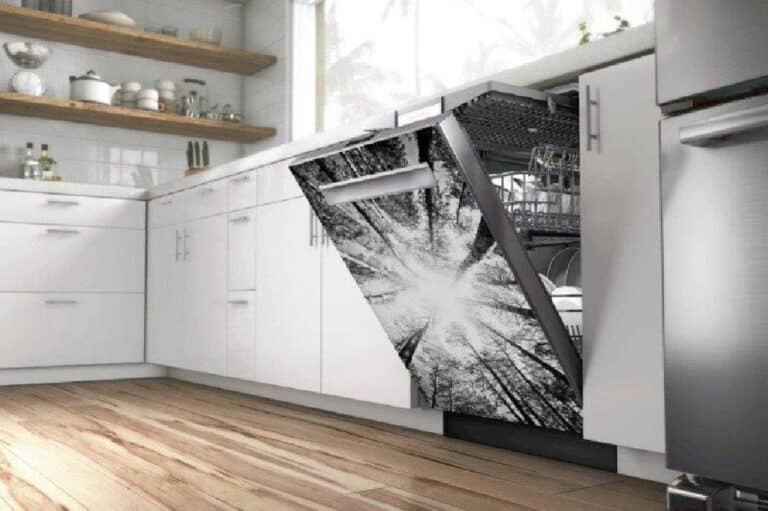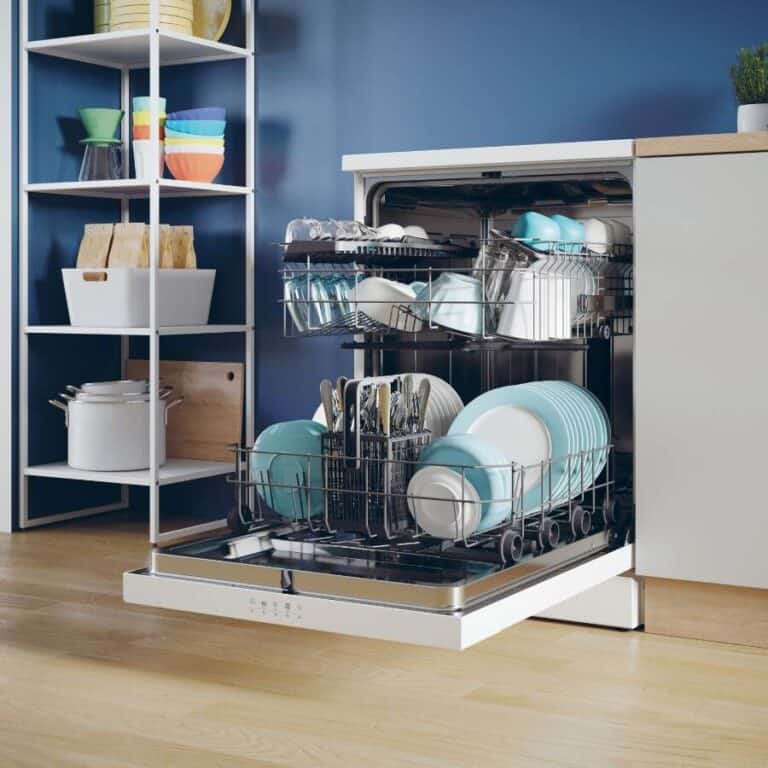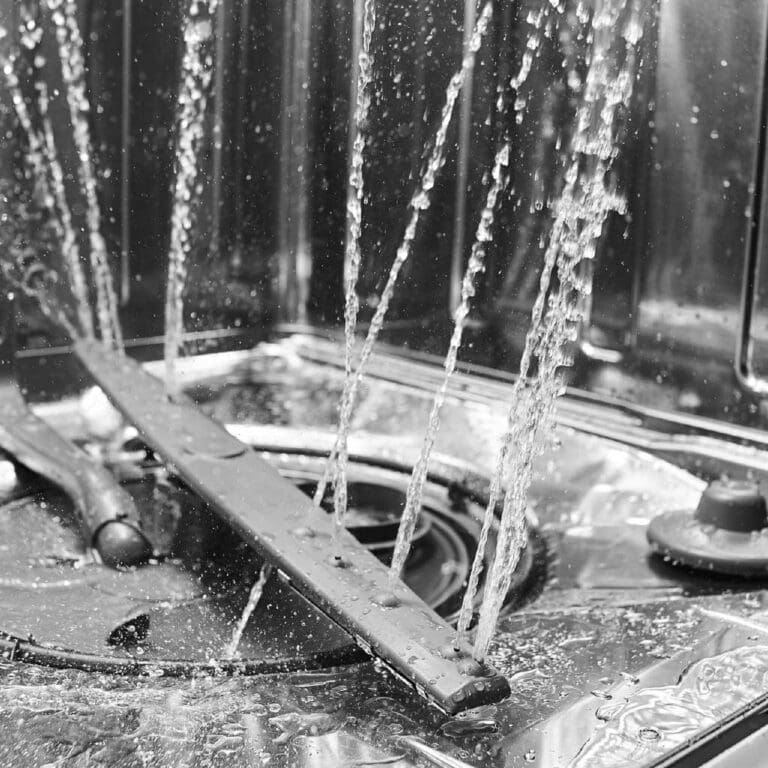Is Your GE Dishwasher Not Getting Water? Find Out Why!
Are you wondering why your GE dishwasher is not getting water? It can be frustrating to load up the dishwasher, only to find it’s not performing its primary function.
There are several potential reasons for this issue, and troubleshooting it can save you time and money on unnecessary repairs.
One common reason for a GE dishwasher not getting water is a clogged or malfunctioning water inlet valve. This valve is responsible for allowing water to flow into the dishwasher during the wash cycle. If it becomes clogged or fails to open properly, the dishwasher won’t receive the water it needs to clean your dishes effectively.
The Importance of a Fully Functioning Dishwasher
Before delving into the specific issues with your GE dishwasher, let’s discuss the importance of maintaining its smooth operation. A dishwasher serves as a silent champion.
A dishwasher functions in the background, conserving time, water, and your sanity. of your kitchen—it works behind the scenes, saving you time, water, and sanity.
When it functions properly, it handles all the tedious tasks, leaving you with clean dishes and more time to engage in activities you enjoy. But when it starts acting up, especially by running dry, it’s not just an inconvenience; it’s a workflow disaster. That’s when we start looking for answers.
Why Is Your GE Dishwasher Not Getting Water?
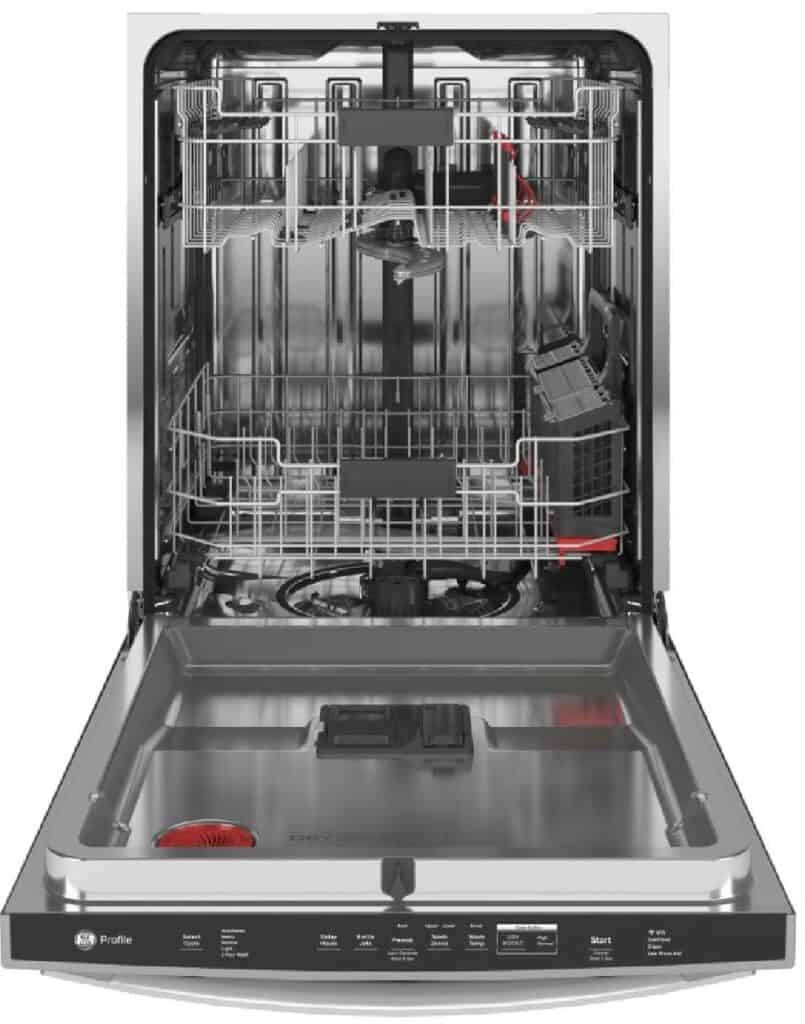
A dishwasher running dry doesn’t just mean there’s a glitch in the matrix. It’s a sign that something’s wrong, and ignoring it can lead to bigger, more expensive problems down the road. Having experienced numerous issues with my dishwasher, I knew it was time to conduct an investigation.
Here are the most common reasons why your dishwasher might be running dry and what you can do to fix it.
1. Clogged or Faulty Water Inlet Valve
Think of the water inlet valve as the gateway to your dishwasher. If it’s clogged, broken, or malfunctioning, it’s like trying to drink water from a bottle with a plugged straw—no water can get through, and your dishwasher won’t fill up.
How to Check:
- Turn Off the Power: Before you do anything, safety first! Always disconnect the power to your dishwasher to avoid any accidental shocks.
- Inspect the Valve: You’ll need to remove the lower panel of your dishwasher to access the inlet valve. Check for any debris or mineral build-up that could be blocking the valve.
- Test the Valve: Using a multimeter, test for continuity. If it doesn’t have continuity, it’s time to replace it.
When my dishwasher failed to fill, I discovered that mineral deposits from hard water had clogged the valve. After a quick cleaning, the issue was resolved and my dishwasher resumed its function.
2. Faulty Float Assembly
The float assembly is like the lifeguard of your dishwasher—it keeps an eye on the water level and ensures that it doesn’t overfill or run dry. If the float is malfunctioning or stuck, it can prevent your dishwasher from filling with enough water.
How to Check:
- Look for Obstructions: Open the dishwasher and check the float (usually located at the bottom of the tub). If there’s any debris or dirt around it, clean it off.
- Test the Float: Gently lift the float to see if it moves freely. If it’s stuck, carefully clean or adjust it to ensure it can float up and down without resistance.
I’ve found that a quick clean of the floor is often enough to get things back on track. The float gets gunked up faster than you’d think, especially if you’re washing heavily soiled items.
3. Blocked or Dirty Spray Arms
If the spray arms are blocked or clogged, your dishwasher won’t be able to distribute water properly, and your dishes will end up dry or dirty. It’s like trying to water a garden with a hose that has kinks in it—water can’t flow freely, and the job doesn’t get done.
How to Check:
- Remove the Spray Arms: You can easily remove the spray arms by unscrewing them or pulling them off, depending on the model. Check for any food particles, debris, or mineral deposits blocking the holes.
- Clean the Spray Arms: Use a small brush or toothpick to poke out any debris. You can also soak them in a vinegar solution to remove mineral build-up.
This is one of those things I never thought to check until my dishes were coming out with soap residue because the water couldn’t reach all the corners. A quick cleaning of the spray arms significantly improved the situation.
4. Water Supply Line Issues
The water supply line is another key player in getting your dishwasher to fill with water. If there’s a kink, leak, or blockage in the supply line, your dishwasher won’t be able to get the water it needs to run properly.
How to Check:
- Inspect the Supply Line: Look under your dishwasher at the water supply line. Check for any visible kinks or signs of wear. If there’s a bottom leak from GE dishwasher, the line may need to be replaced.
- Check the Water Valve: Ensure the water valve connected to the supply line is fully open. If it’s partially closed, it could restrict water flow into your dishwasher.
When my GE dishwasher ran dry, I realized that the water supply line had a slight kink in it that was slowing down the flow. After fixing it, the dishwasher was back in business, filling up like it should.
5. Defective Control Board or Timer
The control board functions as the central nervous system of your dishwasher, directing the various parts on what actions to perform and when. If the control board is malfunctioning, it could fail to send the right signals to the water inlet valve or other critical components, leading to a dry run.
How to Check:
- Check for Error Codes: Some GE dishwashers display error codes if there’s a problem with the control board. Check your manual for a list of possible codes.
- Reset the Dishwasher: Unplug the dishwasher for about 5 minutes, then plug it back in. This can sometimes reset the control board and fix minor issues.
- Replace the Board: If the control board is clearly malfunctioning, you may need to replace it. This is a more advanced fix, so consider calling a technician if you’re unsure.
In my case, I was lucky enough to pinpoint the issue before it escalated. But if the control board had gone completely haywire, I would’ve had to call in a pro.
6. Problems with the Drain Pump
The drain pump helps remove water from the dishwasher at the end of the cycle. If the pump is clogged or malfunctioning, it could cause water to back up or prevent the dishwasher from filling up properly.
How to Check:
- Inspect the Drain Pump: Look for any blockages or debris around the pump. If it’s clogged, clear it out.
- Test the Pump: If the pump seems unresponsive, use a multimeter to test its functionality.
If you’ve ever had a pump issue, you know that it can stop the entire dishwasher in its tracks. Fortunately, after a quick inspection, I found that mine just needed a little TLC.
If none of these factors seem to be the issue, it may be necessary to call a professional technician to diagnose and repair any underlying mechanical or electrical problems with the dishwasher.
| You May Also Like: Why Won’t My Maytag Dishwasher Start? |
Why Is My GE Dishwasher Not Spraying Water?
If your GE dishwasher isn’t spraying water, it can feel like your kitchen is stuck in limbo. The dishes remain dirty, and you’re left wondering what’s going wrong. There are several potential reasons for this, but the good news is that most of them are fixable with a bit of troubleshooting.
Let’s walk through what might be causing your dishwasher to not spray water and how to address it.
1. Clogged Spray Arms
The most common culprit behind a dishwasher not spraying water is blocked spray arms. These arms are responsible for distributing water across the dishes, and if they’re clogged with food debris, they can’t do their job.
- Inspect the Spray Arms: Look for any debris or buildup around the spray holes.
- Clean the Arms: Use a toothpick to clear out any blockages, or soak the arms in vinegar to break down mineral deposits.
| Read: Understanding How a Dishwasher Spray Arm Works |
2. Water Inlet Valve Issues
Another reason could be a malfunctioning water inlet valve, which controls the flow of water into the dishwasher. If the valve is faulty or clogged, water won’t enter the dishwasher properly.
- Check the Valve: Turn off the power and inspect the water inlet valve for signs of wear or buildup.
- Test the Valve: Use a multimeter to check if the valve is functioning correctly. If it’s defective, replace it.
It’s important to regularly clean and maintain the dishwasher’s various components to prevent these issues from occurring. If the problem persists, it may be best to contact a professional technician to diagnose and repair the problem with your GE dishwasher.
Final Thoughts
If your GE dishwasher is not getting water or spraying properly, the issue may be due to a clogged water inlet valve, faulty switch, kinked water supply line, or dirty dishwasher filter.
Troubleshooting steps include checking for blockages, ensuring proper water pressure, and inspecting the dishwasher’s components for malfunctions.
